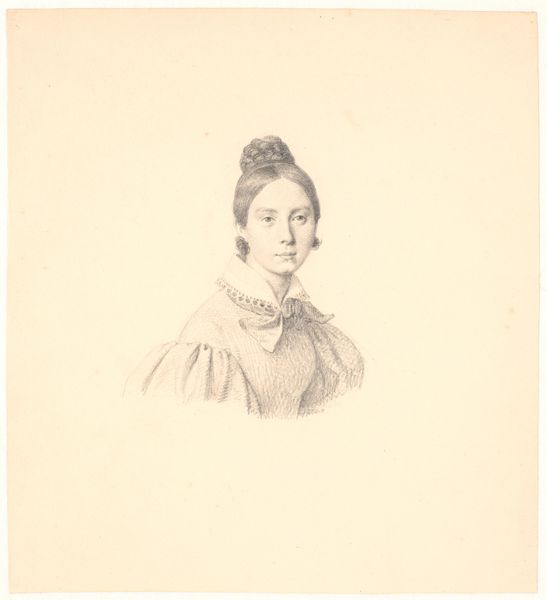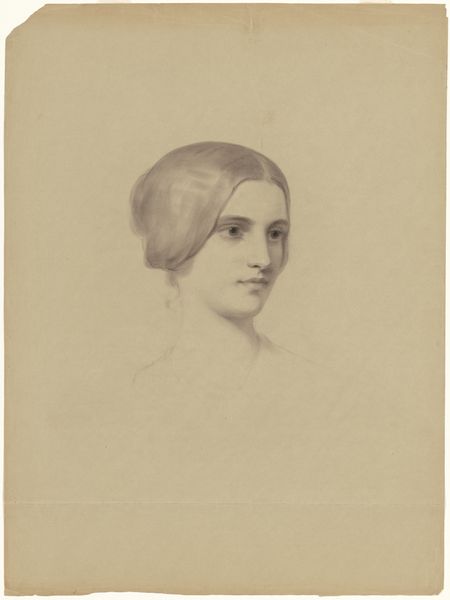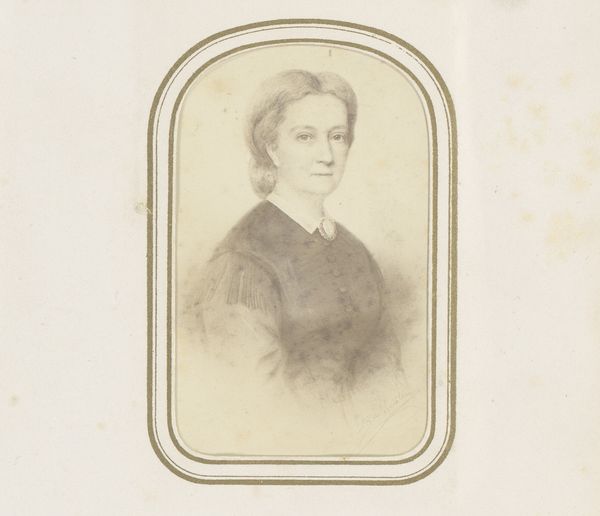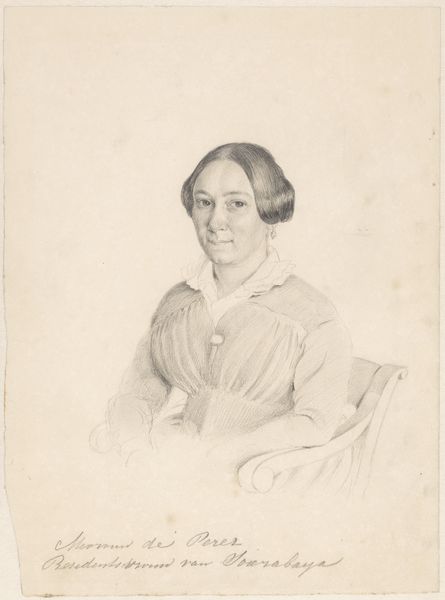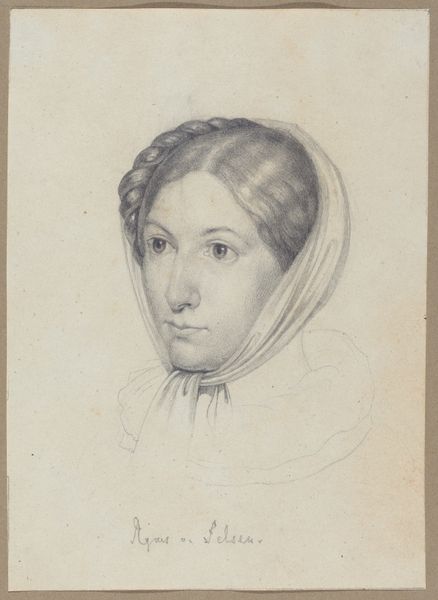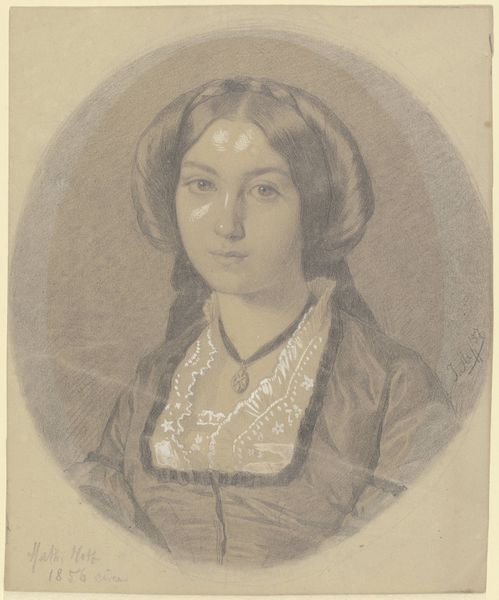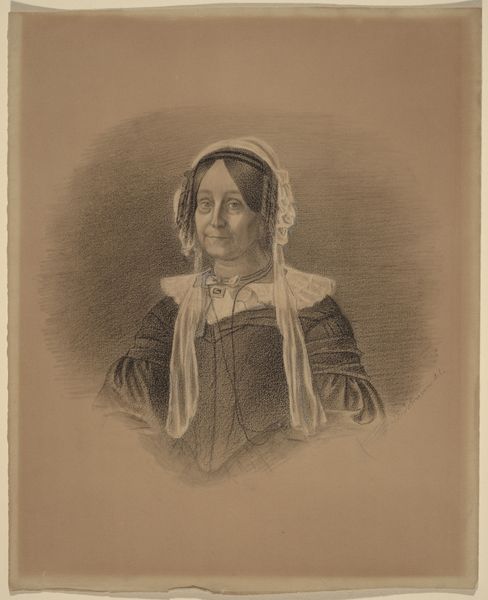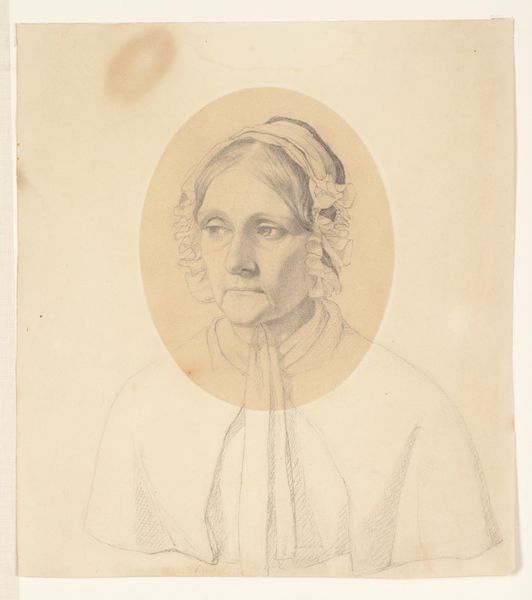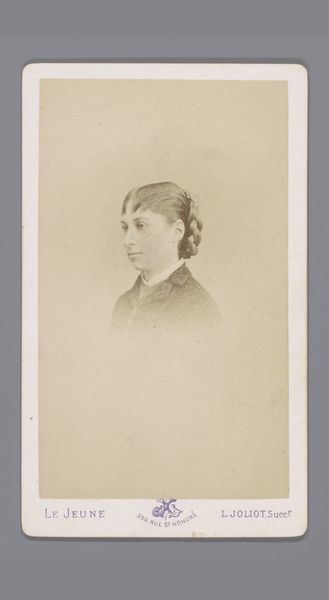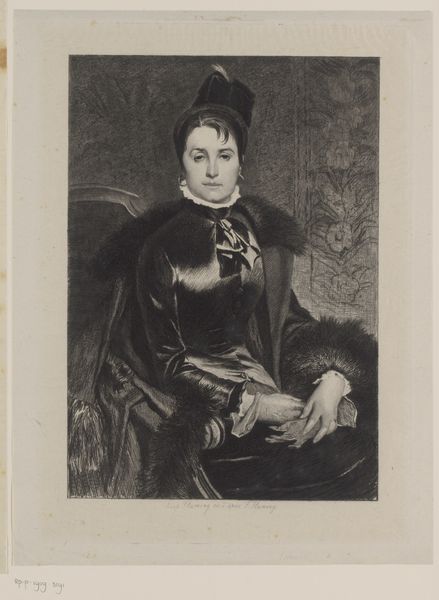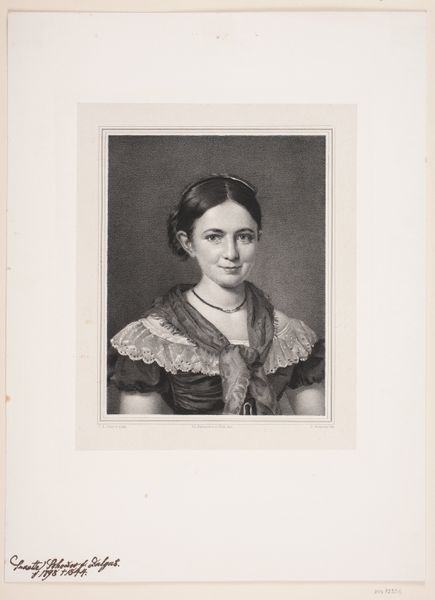
drawing, print, photography, pencil
#
portrait
#
pencil drawn
#
drawing
# print
#
pencil sketch
#
charcoal drawing
#
photography
#
pencil drawing
#
england
#
pencil
#
men
#
realism
Dimensions: 12.2 × 10.1 cm (image); 12.6 × 10.3 cm (paper); 28.8 × 22.4 cm (mount)
Copyright: Public Domain
Editor: This is "Drawing of Mrs. Craik," created by an anonymous artist between 1840 and 1870. It's a pencil drawing, and it’s giving me such a strong sense of… longing. What do you see in this piece, beyond the surface representation? Curator: Beyond the delicate realism, I see a reflection of Victorian ideals and the limited roles afforded to women. The drawing is undeniably elegant, but consider the sitter's gaze, slightly averted, almost melancholic. How might this portrait be interpreted through a feminist lens, considering the societal constraints placed on women during this period? Editor: That's fascinating. I hadn’t considered her gaze as potentially reflecting societal constraints. Do you think the anonymity of the artist plays a role too? Curator: Absolutely. Anonymity adds another layer. Was the artist a woman, perhaps denied recognition? Or was the artist intentionally obscuring their identity for other reasons? This drawing, while seemingly simple, speaks volumes about identity, authorship, and gender politics. Think about the artistic and literary output by women during that era; pseudonymity and suppression were rampant. How does understanding this context reshape our viewing experience? Editor: I guess it makes me wonder about all the untold stories and uncredited labor behind these seemingly straightforward images. It's much more complex than just a pretty drawing. Curator: Precisely. It challenges us to look beyond the aesthetic and interrogate the power dynamics at play during its creation and reception. Who had the power to be seen, to be heard, to be remembered? Editor: It’s been enlightening to see how a simple drawing can open up such broad questions about gender, power, and historical context. Curator: Indeed, it's a potent reminder that art is never created in a vacuum and it can function as a historical document. Understanding the drawing demands attention to gender, class, power relations and politics within society.
Comments
No comments
Be the first to comment and join the conversation on the ultimate creative platform.
